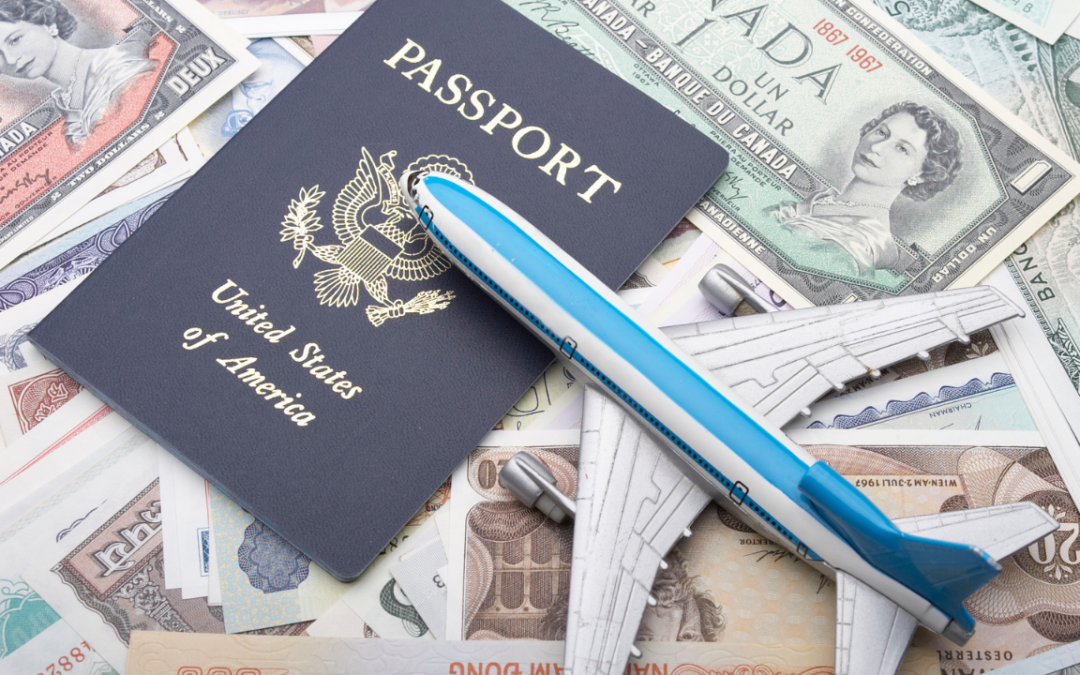Traveling internationally requires careful planning, and one of the most important preparations is ensuring that your passport is ready for your upcoming journey. A valid passport is your ticket to global exploration, and its condition, validity, and other crucial details can have a direct impact on your travel experience. Here’s a step-by-step guide to getting your passport ready for your next international adventure.
1. Check the Expiry Date
The first step is to check your passport’s expiration date. Many countries require that your passport be valid for at least six months beyond your planned arrival date. This is a critical detail, as some destinations will deny entry if your passport is set to expire too soon.
- Proactive Renewal: If your passport is set to expire within the next six months, it’s time to renew it. The renewal process can take several weeks or even months, depending on your country’s regulations. It’s best to start the process well in advance of your trip to avoid last-minute complications.
- Emergency Renewals: In urgent cases, many countries offer expedited passport services for an additional fee. Check with your local passport office for fast-tracking options if your trip is imminent.
2. Verify Your Personal Information
Before you embark on your trip, ensure all personal information in your passport is accurate and up to date. This includes:
- Name: Make sure your name appears exactly as it does on your legal documents. Small discrepancies, such as a missing middle name or an incorrect spelling, could cause issues at immigration checkpoints.
- Date of Birth: Double-check your date of birth to confirm its accuracy.
- Gender/Other Identifying Details: If your passport contains any outdated information or incorrect data, be sure to have it amended before traveling.
3. Ensure There’s Enough Blank Space for Stamps
Many countries require that travelers have one or more blank pages in their passport for visa stamps and entry/exit stamps. Ensure your passport has enough space for these stamps, particularly if you’re visiting multiple destinations during your trip. If you’re running low on blank pages, you may need to request additional pages or renew your passport.
4. Check Visa Requirements for Your Destination
Some countries require travelers to obtain a visa before arriving. Before you depart, make sure you know the visa requirements for the country or countries you are visiting. Here’s what to do:
- Research Visa Requirements: Each country has specific visa requirements based on your nationality, the purpose of your visit, and the duration of your stay. Check the embassy or consulate website of the country you are traveling to for the most up-to-date information.
- Apply for Your Visa: If a visa is required, apply well in advance, as the process can take time. Some countries also offer eVisas, which can be obtained online, while others may require you to visit a consulate or embassy in person.
5. Take Passport Photos (If Necessary)
Some countries require passport-style photos for visa applications or for additional documentation (e.g., a work permit or residence visa). If you need passport photos, make sure you get them taken by a professional service that follows the specific guidelines, such as the correct size, background color, and facial expression.
6. Make Copies of Your Passport
It’s always a good idea to have copies of your passport in case it gets lost or stolen while traveling. Make both digital and physical copies of the first few pages of your passport, especially the page with your photo, passport number, and other vital information.
- Store Copies Safely: Keep a copy of your passport separate from the original, ideally in a different bag. Additionally, store a digital copy in a secure cloud service that you can easily access in an emergency.
7. Consider Adding Extra Security Features
Many passports come with additional security features like biometric data, chip-enabled pages, and watermarks to protect against fraud and identity theft. Check to make sure your passport has these security features to ensure your personal data is safeguarded while traveling.
If you’re concerned about losing your passport or having it stolen, consider investing in a travel wallet or passport holder with RFID-blocking technology to protect against identity theft.
8. Check Travel Restrictions and Entry Requirements
Due to evolving health and safety protocols, many countries now have specific entry requirements related to COVID-19, vaccinations, or other health documentation. Ensure that you meet these requirements well ahead of time, which could include providing proof of vaccination, negative test results, or quarantine arrangements.
Check for updates on your destination’s entry rules and make sure all necessary documentation is included with your passport when you travel.
Conclusion
Getting your passport ready for international travel is a crucial first step toward ensuring a smooth and stress-free journey. By checking the expiration date, confirming your personal information, securing any necessary visas, and keeping backups, you’re taking proactive steps to avoid travel disruptions. With your passport in top shape, you’ll be set to explore the world with confidence.
At Loyalty Travels and Logistics Ltd., we specialize in helping travelers prepare for their international trips, offering assistance with passport renewals, visa applications, and travel logistics. Our dedicated team ensures that your travel documentation is in perfect order, so you can focus on enjoying your trip. Let us help you make your next international journey as seamless and hassle-free as possible. Reach out to Loyalty Travels and Logistics Ltd. today and let us take care of the details for you!

